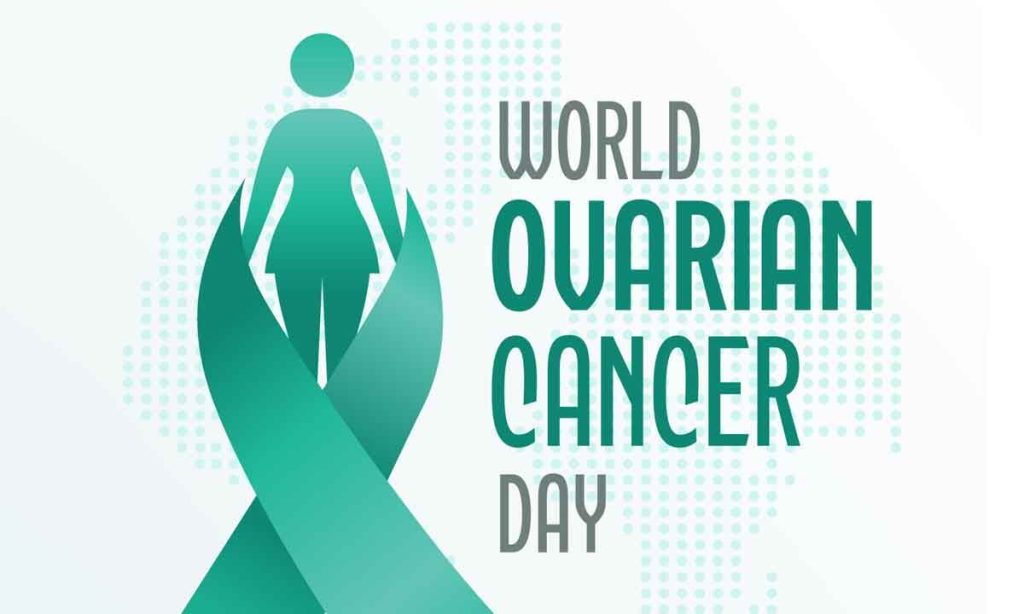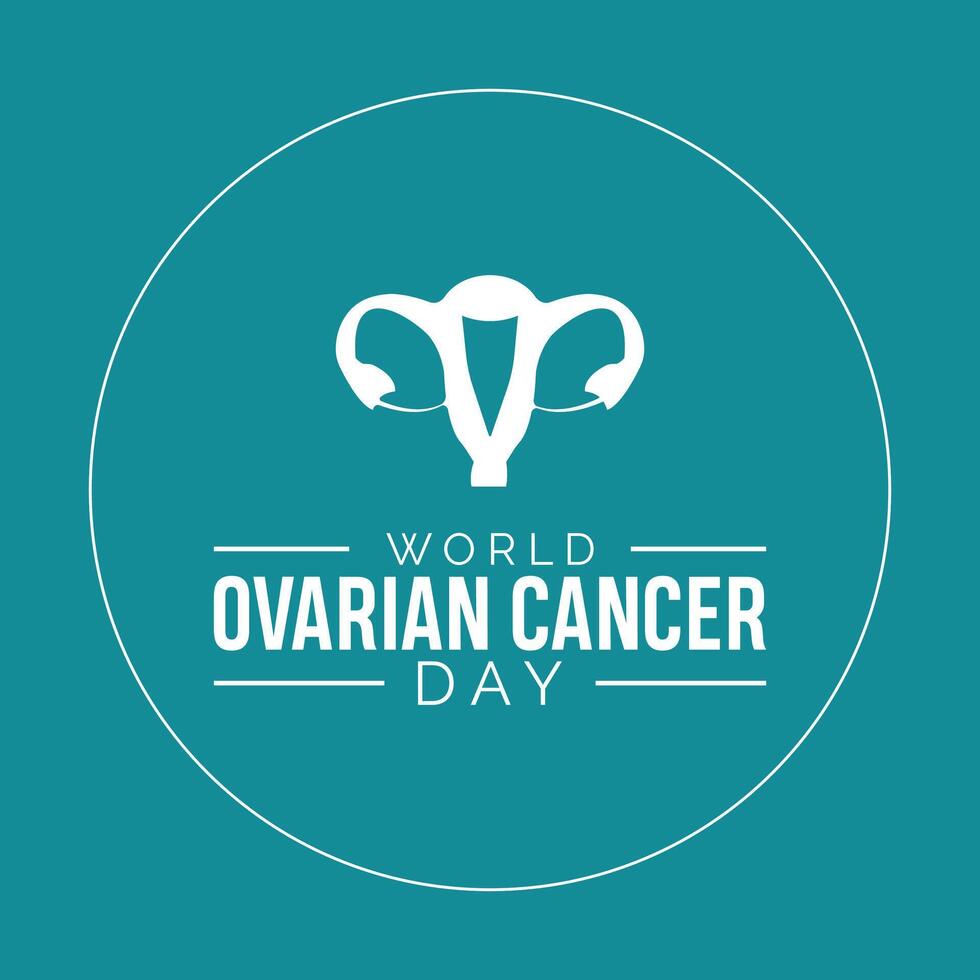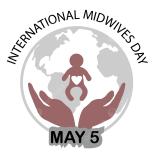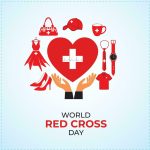May 8th marks an important date—World Ovarian Cancer Day. This observance was established because ovarian cancer has long been an insidious killer that often goes unnoticed by both individuals and sometimes even by healthcare systems.
Why do we call it “invisible”? Mainly because its early symptoms are easily overlooked or misdiagnosed as less severe conditions. Symptoms like bloating, pelvic or abdominal pain, feeling full quickly after eating little food, changes in urination or bowel habits… Sound familiar? Many might dismiss these as mere indigestion or fatigue without seeking timely medical advice. This ambiguity allows ovarian cancer to progress stealthily.
By the time these symptoms become noticeable or alarming, unfortunately, it’s often too late—the cancer has already spread. This explains why ovarian cancer has one of the highest mortality rates among female reproductive system cancers. For advanced ovarian cancer cases, the five-year survival rate is only about 39%. This stark statistic highlights how challenging treatment becomes once the disease reaches an advanced stage; the prognosis is often grim as well. It’s indeed a highly aggressive form of cancer.

Hence, World Ovarian Cancer Day holds significant importance. It serves as a global campaign to raise awareness about ovarian cancer—breaking the silence so that more women and their loved ones can recognize its risks and early warning signs. The day encourages everyone to heed their body’s signals; if you experience persistent unexplained symptoms—even seemingly minor ones—seek professional medical advice promptly. If necessary, be your own advocate for further examinations.
This day also stands in solidarity with women currently fighting ovarian cancer along with their families—sharing experiences provides support and strength to face challenges together. Additionally, World Ovarian Cancer Day drives medical professionals and researchers to continue striving for better early diagnostic methods, more precise treatments, and ultimately finding a cure for this disease.
May 8th isn’t just another date on the calendar; it’s a reminder about life, health awareness vigilance—and hope. Let’s unite our efforts so that this “invisible killer” no longer triumphs easily; enabling more women to avoid its threat or defeat it before it inflicts greater harm requires spreading knowledge mutual support—and continuous advancements in medical science.


